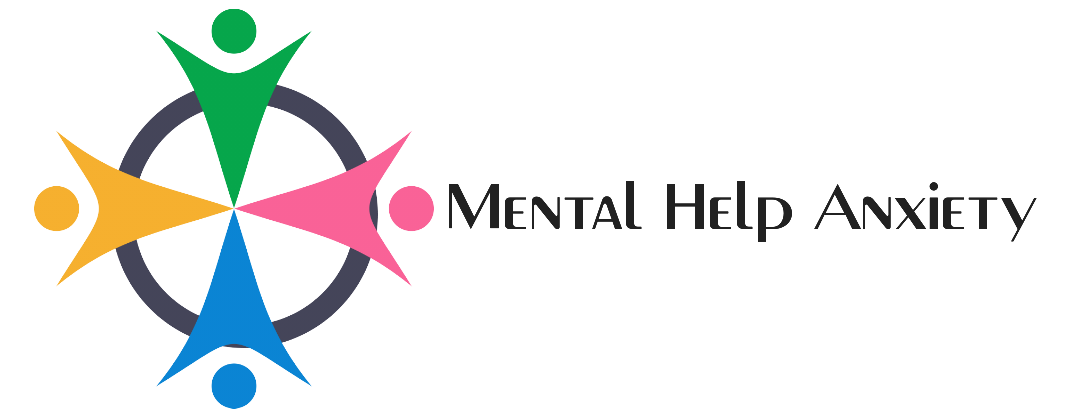Mental disorders, despite their profound impact on individuals and societies, remain largely invisible. For instance, did you know that [insert statistic about the prevalence of mental disorders]? Unlike physical ailments, which often present outwardly visible symptoms, mental health conditions manifest internally, making them harder to recognize and understand. This invisibility poses challenges for those who suffer and the broader society that must address these conditions effectively.
One of the primary reasons mental disorders are invisible is the stigma surrounding them. For example, [insert cultural misconception about mental illnesses]. As a result, many individuals hide their struggles, fearing judgment or rejection. This reluctance to speak openly about mental health not only isolates those affected but also perpetuates a cycle of misunderstanding and neglect.
Moreover, the symptoms of mental disorders are not always obvious. Conditions such as depression, anxiety, bipolar disorder, or schizophrenia often manifest in ways that can be misinterpreted or dismissed. A person with depression might appear lazy, while someone with anxiety might seem overly cautious. These misinterpretations contribute to a lack of empathy and support, further compounding the difficulties faced by those with mental illness, which also creates challenges in diagnosis and treatment. Unlike physical conditions, which can often be identified through tests or scans, mental health diagnoses rely heavily on self-reporting and clinical observation.
Another factor contributing to the invisibility of mental disorders is the societal focus on physical health. Public health campaigns often emphasize visible conditions, such as heart disease or cancer, while mental health issues receive comparatively less attention. This disparity reinforces the perception that mental health is less critical despite its significant impact on overall well-being. According to the World Health Organization, mental disorders are among the leading causes of disability worldwide, highlighting the urgent need for greater awareness and investment in mental health care. Figuring out Alzheimer’s Illness
Addressing the invisibility of mental disorders requires a multifaceted approach. Education is crucial in breaking down stigma and fostering understanding. By teaching people about the signs and symptoms of mental illnesses, society can create an environment where individuals feel safe to seek help. Integrating mental health services into primary health care can also ensure more people receive timely support.
Open conversations about mental health can also play a pivotal role in reducing stigma. Public figures and organizations that share their experiences with mental illness help normalize these discussions, encouraging others to do the same. As an individual, you can also [insert practical tip or strategy to support someone with a mental illness]. Workplace and school initiatives that promote mental well-being can further support individuals in managing their conditions.
In conclusion, mental disorders are invisible struggles that deserve visibility and understanding. By challenging stigma, improving education, and prioritizing mental health care, society can ensure that those affected by mental illnesses receive the support and recognition they need. The journey to making mental health visible is a collective effort that begins with empathy and awareness.


